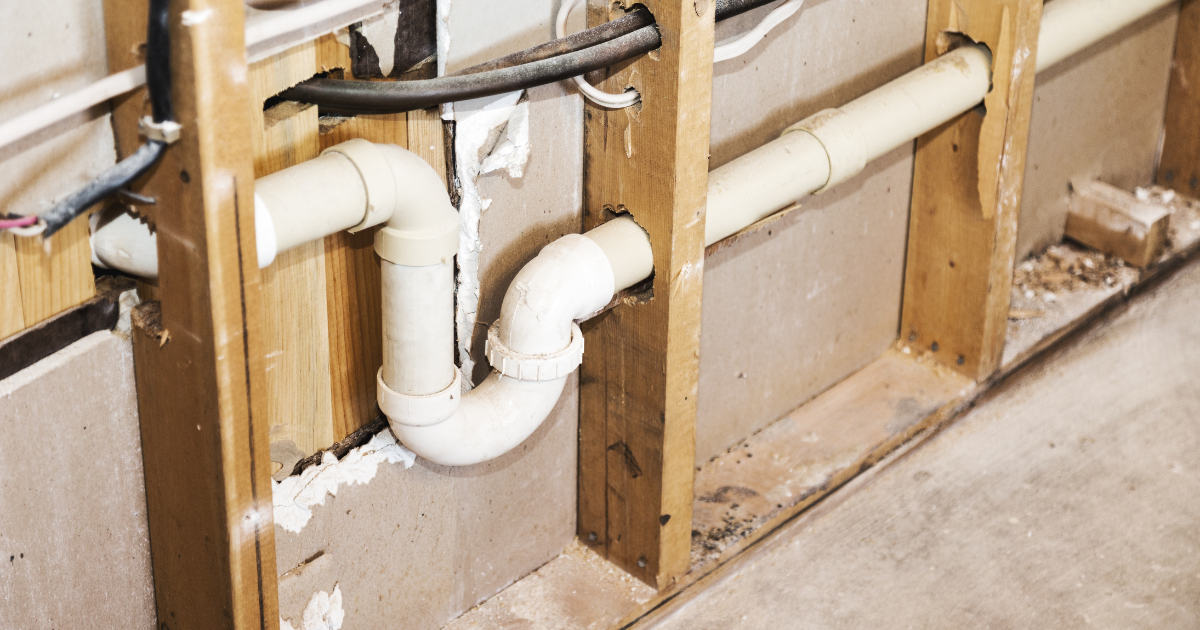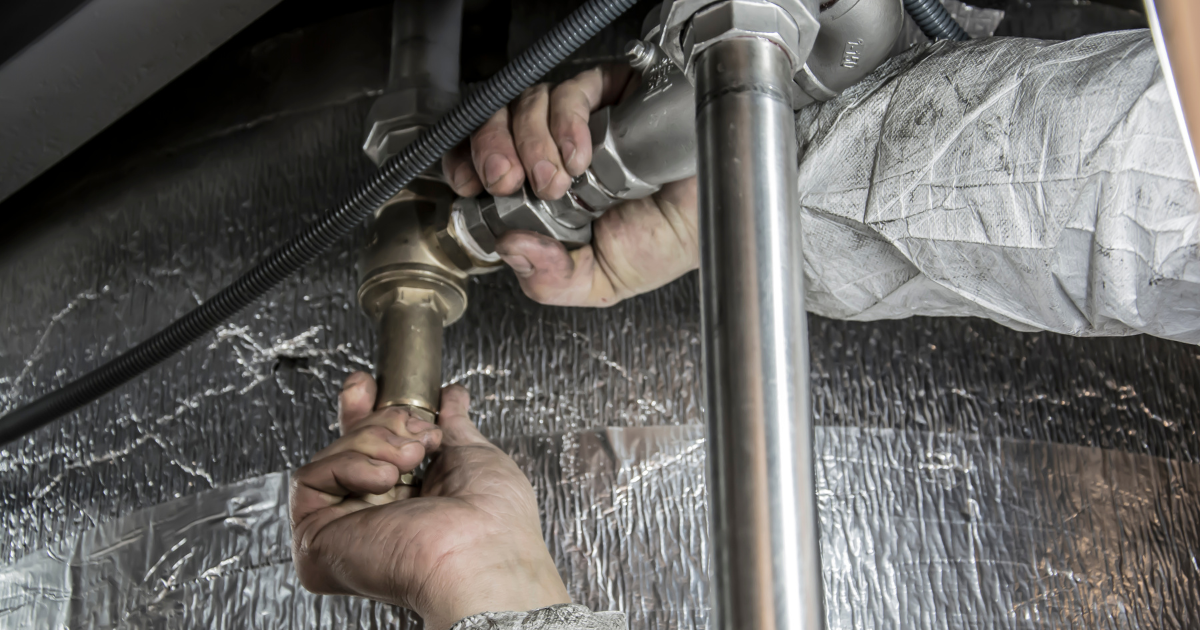How much does a tankless water heater cost?
The cost of a tankless water heater can vary depending on several factors, including the brand, model, capacity, and installation requirements.
On average, a tankless water heater can cost anywhere between $500 to $2,500 or more.
Higher-end models with advanced features and larger capacities tend to be more expensive.
Different brands offer varying levels of quality, features, and warranties, which can affect the cost. Popular brands with established reputations may have higher prices compared to lesser-known brands.
The size or capacity of a tankless water heater is determined by the flow rate or the amount of hot water needed at any given time. This is measured in gallons per minute (GPM).
To determine the appropriate size for your needs, you should consider the following factors:
Peak hot water demand:
Calculate the maximum amount of hot water you would require at any given time. This depends on the number of fixtures (showers, sinks, appliances) that may be running simultaneously in your household.
Temperature rise:
Determine the temperature rise needed to reach your desired hot water temperature. This is the difference between the temperature of the incoming cold water and the desired hot water temperature. For example, if the incoming water is 50°F and you want your hot water to be 120°F, the temperature rise is 70°F.
Flow rate:
Consider the flow rate of the fixtures/appliances you use simultaneously. Each fixture has a specific flow rate, typically measured in gallons per minute (GPM). Add up the flow rates of the fixtures that may run concurrently to determine the total flow rate required.
Once you have these values, you can choose a tankless water heater with the appropriate capacity.
It’s essential to select a unit that can meet your peak hot water demand and provide the necessary temperature rise for your desired hot water temperature.
Installation requirements:
The installation of a tankless water heater may involve additional costs, such as venting modifications, electrical or gas line upgrades, and professional installation fees.
These factors can vary based on the complexity of the installation, any necessary modifications to existing plumbing or electrical systems, and labor costs in your area.
It’s recommended to consult with a professional plumber or heating contractor to assess your specific needs and provide accurate cost estimates.
We can assess your specific needs and recommend the appropriate size and model for your household.
If you live in the San Diego or Riverside County areas, contact MasterCraft Plumbers so we can give you an accurate cost estimate for the equipment and installation based on your requirements and local market conditions.
Contact us today at
(760) 640-0337.
The post How much does a tankless water heater cost? first appeared on MasterCraft Plumbers.


